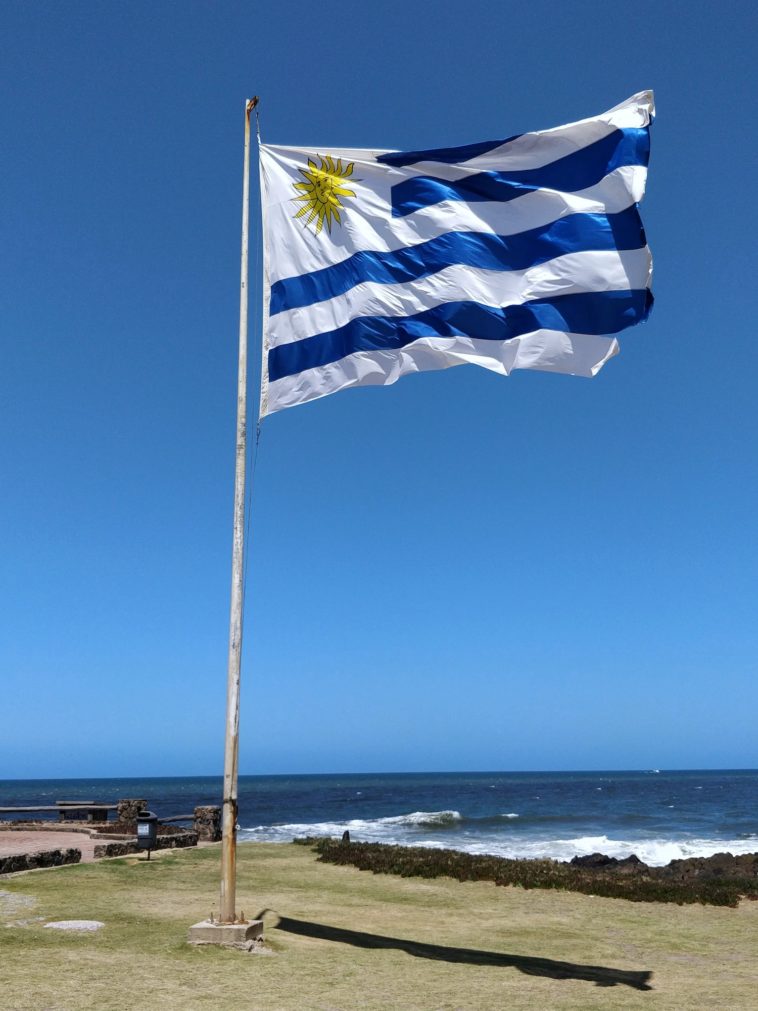Officially known as the Oriental Republic of Uruguay, Uruguay is a South American country situated in the southeastern region of the continent. The capital city is Montevideo, which also serves as the largest city in the country. The nation covers an area of roughly 176,000 square kilometers and is the second smallest country in South America, Surinam being the smallest. The population stands at around 3.3 million people, the majority of whom are of European heritage.
Geographic Coordinates
- Latitude: -32.5228
- Longitude: -55.7658
Climate
- Type: Temperate
- Average Temperature: Varies from 10°C to 26°C
Population
- Total Population: 3.3 million
- Metropolitan Population: 1.8 million (Approximately 55% reside in Montevideo and its surrounding areas)
GDP
- Nominal GDP: $56.05 billion (2020)
Official Language
- Language: Spanish
Currency
- Type: Uruguayan peso (UYU)
Religion
- Major Religion: Roman Catholicism
Continent
- Located in: South America
Basic Demographics
- Ethnic Makeup: About 88% of the population is of European descent.
Area
- Total Land Area: Approximately 176,000 square kilometers
A Closer Look at the Geography
Uruguay is predominantly characterized by rolling plains and low hills. The country has a coastline along the Atlantic Ocean to its southeast. Uruguay shares its borders with Argentina to the west and Brazil to the north and northeast. A significant geographical feature is the Rio de la Plata, an estuary formed by the confluence of the Uruguay River and the Paraná River.
Climate Characteristics
Uruguay has a temperate climate, which means it experiences mild winters and warm summers. The temperature generally ranges between 10°C in the cooler months to 26°C during the warmer periods. Rainfall is relatively well-distributed throughout the year, contributing to the nation’s agricultural success.
Socio-Economic Status
With a nominal GDP of around $56.05 billion as of 2020, Uruguay is classified as an upper-middle-income country by the World Bank. Agriculture plays a significant role in the country’s economy, along with tourism and services sectors.
Linguistic and Cultural Fabric
Spanish is the official language, and the majority of the population speaks it. Regarding the ethnic composition, around 88% of Uruguayans are of European descent, primarily from Spain and Italy. Smaller communities of African, indigenous, and other origins also contribute to the cultural diversity.
Currency and Economic Indicators
The official currency is the Uruguayan Peso, identified by the symbol UYU. While the country has made substantial strides in economic stability and growth, it still grapples with issues like inflation and unemployment to some extent.
Religious Beliefs
The dominant religion in Uruguay is Roman Catholicism, although the country is secular and guarantees freedom of religion. Over the years, there has been a rise in atheism and agnosticism, reflecting a broader trend towards secularization.
Summary
In summary, Uruguay is a relatively small but diverse country located in the southeastern part of South America. It boasts a temperate climate, a mixed economy with a robust agricultural sector, and a population predominantly of European descent. Montevideo, the capital city, is the most populous area, housing a significant percentage of the country’s residents. The nation has achieved considerable socio-economic stability and is considered an upper-middle-income country globally.
Given its small geographical size, Uruguay has a significant cultural, economic, and social impact within South America and serves as a crucial player in regional politics and trade.





